Sports Cars
SUVs
Original Equipment
4x4 Vehicles
Track cars
Vans
Observe
Snowprox
Celsius
Open Country
Proxes
NanoEnergy
Complete range
When you choose Toyo, you make a statement. No matter the road, count on Toyo Tires to bring quality and performance to your sports car, luxury saloon, SUV, or pick-up truck.
Visit Toyo Tires YouTube Channel to find product movies, interviews with top drivers, action from various race series, events and much more.
More Videos
Patron for the fourth consecutive year
Sign up to our newsletter for the latest news and promotions.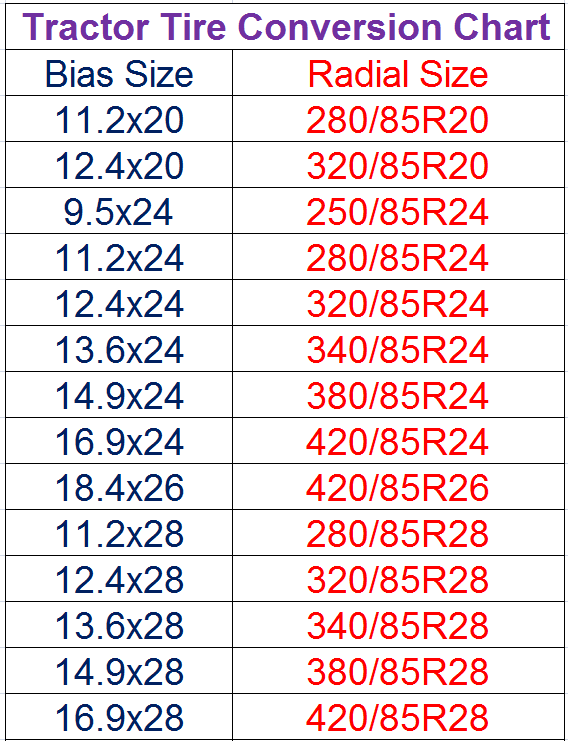
© Toyo Tire Corporation. 2023
One of the easiest and most effective changes that an automotive enthusiast can do to change the look and personalize their ride, is to change the tires. With the help of Toyo Tires I find out how to determine an appropriate size tire for the vehicle, which is not always easy when you’ve already decided not to stick to the factory size.
There are several questions that need to be answered to help steer you to the correct tire for your application. First, you need to identify the intended use of the vehicle. This will help direct you to a highway tire, all-terrain, hybrid or mud terrain tire. Next, you set targets for overall size and chose a tire that will fit the vehicle and more importantly, safely caries the load the vehicle was designed for.
Picking a tire for a new vehicle can be a stressful situation, but with the help of Toyo Tires’ Right Sizing that decision just became easier.
The last thing anyone wants is to pull out of the tire shop, turn on to the road and hear rubbing. I had the chance to speak with Todd Bergeson, light truck tire product manager at Toyo Tire USA Corp. to get an understanding of how to pick the right tire. Choosing the correct tire for a new vehicle, among all the choices out there, can seem overwhelming, but with the help of Toyo Tires’ Right Sizing options, that decision just became easier.
“Toyo has been working hard to come up with viable solutions to allow consumers to achieve the look, size, and performance they dream of, with a tire that is properly load rated for their vehicle,” Bergeson explained. “We have come up with the nomenclature ‘Right Sizing,’ and it refers to Toyo producing a tire that is engineered for the application it is intended for. Toyo is now producing ‘Right Sized’ tire options in the Open Country A/T II all-terrain tire for various SUVs, pickups, and soft-roaders like the overlanding segment which appreciates this kind of application. ”
”
The factory wheels and tires were not going to cut it for this truck.
To put this to the test I looked to find a new, larger tire for our 2019 Chevrolet Silverado. I knew that I wanted something larger than the factory 255/70R17, but not something massive where tons of modifications would need to be done. I wanted the truck to look clean and be functional as it would be seeing time in the dirt, but also on the road and everyday use.
Our new Silverado was designed to drive great from the factory and the engineering that goes into them is top-notch. The last thing I would want to do is to disturb the excellent ride characteristics of our new truck, just to achieve a tougher, more personalized look. Like most customers, I want to “have my cake and eat it too.” I didn’t want to compromise on the ride and noise, just to get a better look. Lucky for us, Toyo Tires uses sophisticated computer design software and simulators to develop quiet, yet aggressive looking tread patterns.
The Tire and Rim Association Inc. is the technical standardizing body of the tire and rim manufacturers of the United States. Simply put, LT or P-Metric refer to the tire type of service. LT designates a tire primarily intended for service on a Light Truck and P being designated primarily for service on passenger vehicles.
“It is important to know that there are some significant tire construction and inflation pressure requirement differences between LT and P-Metric tires,” Bergeson said. “In the case of a 1/2-ton pickup truck, the majority of OE vehicle manufacturers choose to outfit their trucks with a P-Metric tire.”
“There are several reasons a manufacturer would choose the P-metric tire for what we think of as a light-truck,” Bergeson continued. “First of all, the P-metric OE tire is plenty capable of carrying the maximum load the truck is designed and rated for at a lower psi than would be required for an LT-metric to carry the same load. With lower psi requirement, the ride will be more compliant. The P-metric tire is lighter weight, with helps with fuel economy and acceleration and braking responsiveness.”
With lower psi requirement, the ride will be more compliant. The P-metric tire is lighter weight, with helps with fuel economy and acceleration and braking responsiveness.”
“Additionally, a lighter, more compliant tire will be less harsh and therefore less abusive on suspension components, joints, bushings and body mounts over time,” Bergeson explained. “The P-Metric tire that is equipped as OE on modern pickups and/or SUVs are rated specifically for those trucks. And due to the design, they are best suited for the maximum weight and capacities of the 1/2-ton pickups. On the other hand, LT tires are intended for more severe use and heavier loaded conditions. To achieve the higher loaded capacity, higher inflation pressures are required. Both LT and P-metric load and inflation standards have been established by the Tire and Rim Association (TRA), of which Toyo Tires is a member.”
In the past, if you wanted to upgrade your truck with All-Terrain tires, for example, you would have to convert your truck from P-metric to LT-metric, simply because some tire makers back then and some still today, only produce these tires in LT-metric.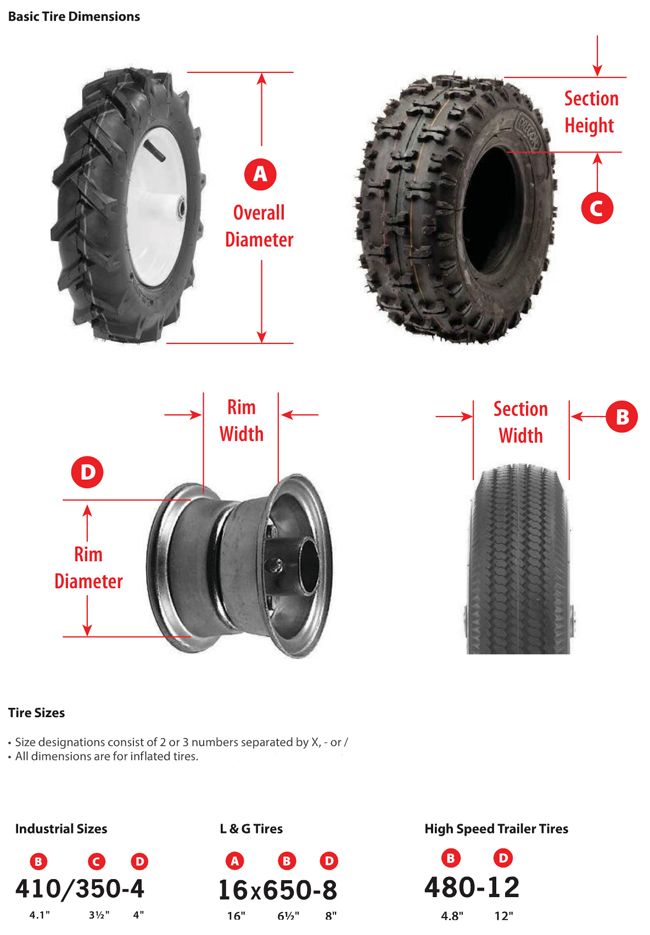 Fast forward to today, the new trend is for customers to upgrade their small SUVs and CUVs for use off-road.
Fast forward to today, the new trend is for customers to upgrade their small SUVs and CUVs for use off-road.
These vehicles are all unibody construction with relatively lightweight suspension components. It doesn’t seem right and it really isn’t right to put an LT-metric tire on these vehicles, but without an alternative, consumers will do it, to achieve the look and off-road traction they want and need. Thankfully, Toyo Tires offers tires within their Open Country lineup to fit these SUVs and CUVs in a more appropriate P-metric or Euro-metric option. Euro Metric is more similar to P-metric construction and meets a European standard.
“On a 1/2-ton chassis or smaller, staying with a P-Metric allows you to retain the OE ‘placard’ air pressure that has been set by the vehicle manufacturer to support its rated load-carrying capacity,” Bergeson said. “The engineers designed and developed these vehicles around that P-metric tire, so it will ride and drive the best with the same tire. If you go bigger or change the metric standard, you will change the ride and driving characteristics.”
If you go bigger or change the metric standard, you will change the ride and driving characteristics.”
“Your 1/2-ton truck’s ride will be significantly better with a P-Metric or Metric tire when compared with the installation of an LT fitment on that chassis,” Bergeson continued. “Traction is better, as the contact patch will be more effective due to the correct ‘inflation-pressure to vehicle-weight’ relationship.”
Depending on your truck model and how it is built, it may have come equipped with either a P or LT tire. Always consult your vehicle’s placard and/or owner’s manual when trying to determine the correct tire for your application.
Reading the sidewall of a P-Metric (left) and LT (right) tire.
“As a rule of thumb, an LT-metric tire can be installed on a lighter weight 1/2-ton or smaller chassis, but the ride quality will generally degrade, wear and tear on suspension parts will increase and the heavier weight will change the responsiveness,” Bergeson said. “It should be noted that you are never to install a P-Metric or Euro-metric tire on any vehicle that came originally equipped with an LT-metric tire, as they are not properly load rated for such a chassis.”
“It should be noted that you are never to install a P-Metric or Euro-metric tire on any vehicle that came originally equipped with an LT-metric tire, as they are not properly load rated for such a chassis.”
Another big difference between an LT and P-Metric tires is how it will hit your wallet. The cost of the P-metric is lower than the LT tire of the same size. Sticking with a P-Metric tire may make more sense and have some additional cost savings.
Everyone has been there once before, wanting to put the largest possible tire on their truck, get everything installed, go to turn the wheel, and you end up back under the truck trimming and cutting away to make it clear. I decided that I was unwilling to cut anything on my brand new beautiful 2019 Silverado, but I wanted a larger tire.
To determine the size that I needed for my truck I used Toyo’s Find Tires section on their website where I was able to determine which plus size was right for me.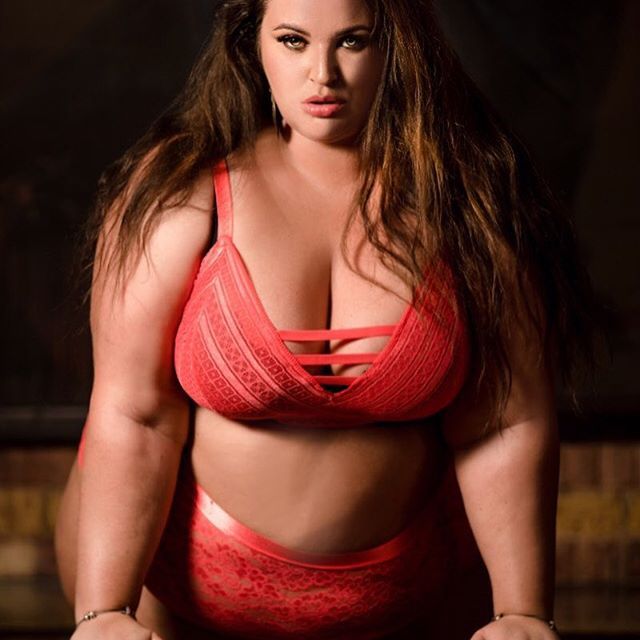 The chart below breaks down what different plus sizing options are out there and how they are calculated.
The chart below breaks down what different plus sizing options are out there and how they are calculated.
Plus Zero: If the wheel diameter remains the same and only the width is increased it is called “Plus Zero.”
Plus One: If the wheel size is increased by one inch it is “Plus One.” This sizing mounts tires with an increased section width and a lower aspect ratio on wheels of a larger diameter. A Plus One fitment for a car with 16-inch original equipment wheels would use 17-inch wheels. As a general rule of thumb, Plus One sizing:
Plus Two: If the wheel size is increased by two inches it is “Plus Two. ” For example, a Plus Two fitment for a car with 16-inch original equipment wheels and tires would be 18-inch wheels and tires. As a general rule of thumb, Plus Two Sizing:
” For example, a Plus Two fitment for a car with 16-inch original equipment wheels and tires would be 18-inch wheels and tires. As a general rule of thumb, Plus Two Sizing:
Plus Three: If the wheel size is increased by three inches it is “Plus Three.” For example, a Plus Three fitment for a car with 16-inch original equipment wheels and tires would be 19-inch wheels and tires. As a general rule of thumb, Plus Three Sizing:
“On Toyo’s website one the Find Tires tab people can search a specific truck by its make, year, model, and even trim to see what was originally specified as an OE size for that chassis,” Bergeson explained. “A Plus Zero reference means a larger size tire is available to properly fit the OE wheel of the truck. That can allow for a slightly larger footprint and/or diameter while all remaining within spec for that truck.”
That can allow for a slightly larger footprint and/or diameter while all remaining within spec for that truck.”
“In some cases, Toyo uses the term ‘Right Sizing’ to describe a tire developed specifically to fit an OE wheel, but to better fill the fender openings while giving it a more aggressive look and feel,” Bergeson continued. “One example is a P285/55R20 114T size of the Open Country A/T II. This P-metric tire is only offered by Toyo Tires and has an even more aggressive shoulder and sidewall and is a great look and perfect size for trucks such as an F-150, Tundra, Sequoia, and Silverado.”
To correct the Silverado's factory rake we installed Baja Kit's leveling kit. It was super simple to install and we had both sides done in under an hour.
“The tire finder on our website takes into account your vehicle’s OE tire size and its maximum load capacity at placard pressure when making replacement tire recommendations. ,” Bergeson said. “The options listed, are based on tire sizes we offer in both OE and plus fitments that will meet or exceed the loaded capacity of your OE tires. When we refer to plus fitments, Plus 1 means the tires will fit a wheel that is one-inch larger in diameter than OE. And depending on what is available, there can be sizes up to Plus Three or greater while maintaining an outside diameter that properly fits the OE wheel well and/or chassis height.”
,” Bergeson said. “The options listed, are based on tire sizes we offer in both OE and plus fitments that will meet or exceed the loaded capacity of your OE tires. When we refer to plus fitments, Plus 1 means the tires will fit a wheel that is one-inch larger in diameter than OE. And depending on what is available, there can be sizes up to Plus Three or greater while maintaining an outside diameter that properly fits the OE wheel well and/or chassis height.”
To be able to get a little larger tire on the truck I installed a leveling kit. The Baja Kits leveling kit was installed underneath the factory strut assembly and in a matter of an hour, I was able to remove the factory rake. It was not a huge lift, but that was not what I was looking for with this truck, I simply wanted it to visually look good. This is very common in the light-truck market, which is why “leveling” kits are so popular.
Toyo’s size references in the Find Tires section of their website are based on the OE chassis heights for all trucks.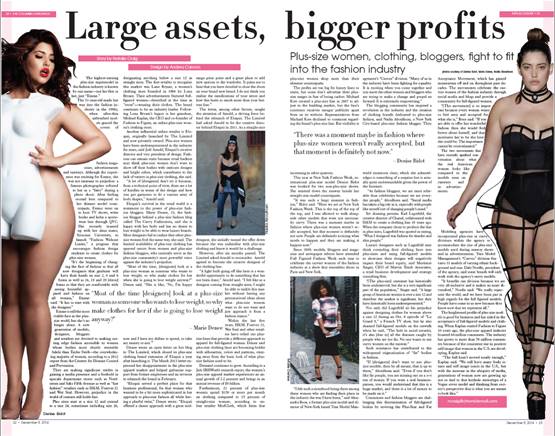 For that reason, too large of a tire like a 40-inch tire would not be found in those size recommendations as the truck would need to be lifted to accommodate that outside diameter. For custom builders, each individual tire section on the website has an expandable chart that provides all dimensions, weights, load and speed ratings of tires in order to determine the proper fitment in those situations.
For that reason, too large of a tire like a 40-inch tire would not be found in those size recommendations as the truck would need to be lifted to accommodate that outside diameter. For custom builders, each individual tire section on the website has an expandable chart that provides all dimensions, weights, load and speed ratings of tires in order to determine the proper fitment in those situations.
Having the information I needed I picked our tire. I went with an LT285/75R17 Open Country M/T, which is roughly a 34-inch by 11.5-inch tire. The decision to go with this size was done by using the information provided by Toyo and the idea in my mind on what I wanted the truck to look like in the end.
With the new wheels and tires loaded I headed to the Woodcrest Ramona Tire location to get the Open Country M/Ts mounted and on the truck. The factory 31-inch tires looked tiny on the truck from the factory and these new tires would fill the wheel well just right.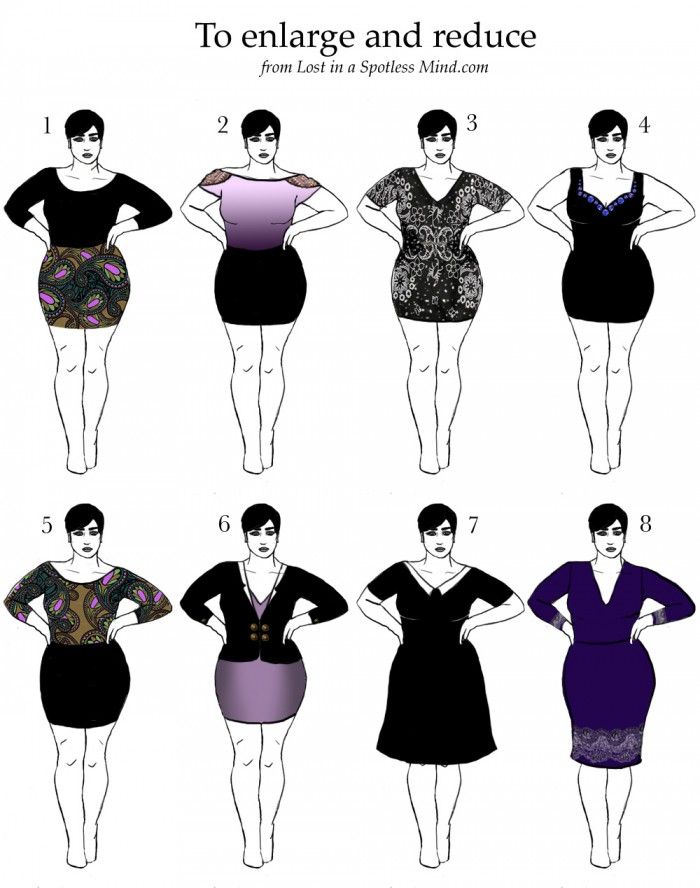
The technician at Ramona Tire made quick work of mounting the tires to the wheel, and before I knew it, they were on the truck. I also had the truck aligned to make sure that after adding the leveling kit everything would not create any uneven wear.
A good note to make when installing a leveling kit and brand new tires or any time the suspension is touched on a vehicle is to make sure to get an alignment. Having the alignment specs out of spec can create uneven wear on the tires and cut the life of the tires short.
In the end, I couldn’t be happier with the decision I made for the truck as it came out exactly how I wanted the first time with no rubbing. I am able to turn the steering wheel lock to lock with no issues. The ride of the truck is still as good as it was driving off the lot and I can still squeeze into those low hanging parking structures.
Before and after, what a difference a set of wheels and tires make on a truck like our 2019 Chevrolet Silverado.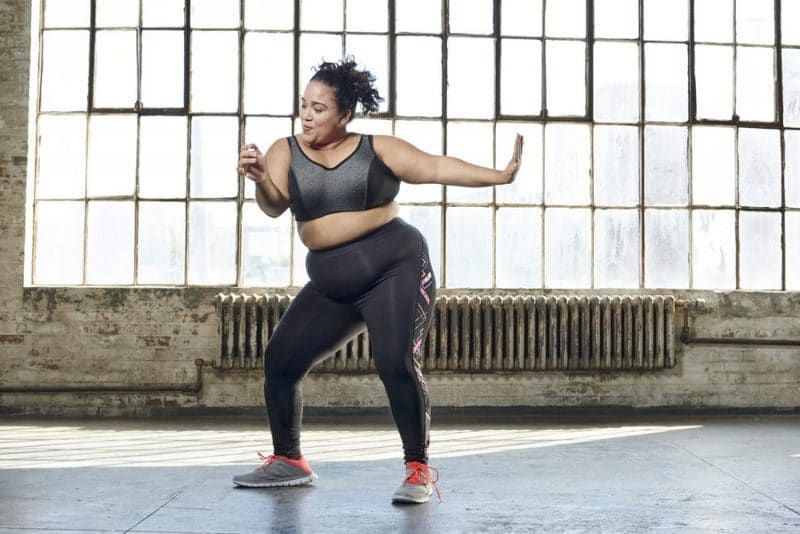
For more information on Toyo Tires and to find a tire for your vehicle be sure to visit their website.
Many motorists ask a similar question, but not everyone decides to deviate from the manufacturer's recommendations.
Replacing regular car wheels is one of the simplest types of tuning. Why is this needed? There are many options. The most common reason is not liking the look. Let's say you want the wheels to look spectacular. To do this, the disk must be larger in diameter. Well, or you bought a used car, and the design of the rims absolutely does not suit you. Perhaps you liked some specific wheels, but their dimension is not included in the list recommended by the car manufacturer. You can also change wheels based on practicality. But how can the installation of such wheels turn out in the future? Let's figure it out.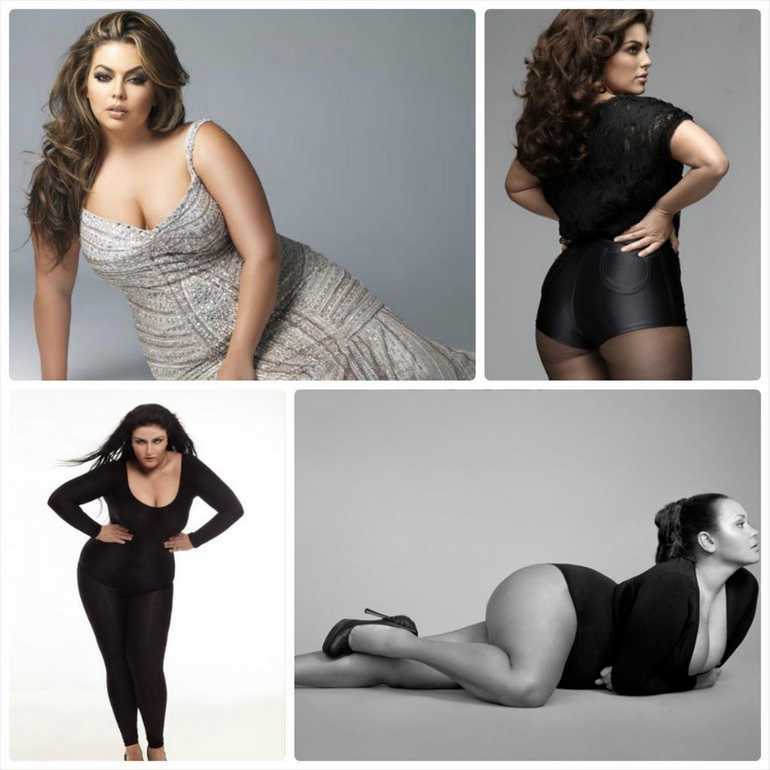 nine0003
nine0003
First, let's remember the key parameters of the wheel.
The main dimensions of the tire: D is the outer diameter of the tire; H is the height of the tire profile; B - tire profile width; d is the diameter of the wheel rim (tire).
The main dimensions of the tire: D is the outer diameter of the tire; H is the height of the tire profile; B - tire profile width; d is the diameter of the wheel rim (tire).
Related materials
The traffic police prescribed requirements for converted cars nine0003
Next, we will tell the story on the example of tires for a very common size on B-class cars 185/65 R15. These are the popular Rio, Solaris, Logan, Largus, etc. By the way, let me remind you what all these designations mean.
So, there are several ways to move away from the standard wheel size .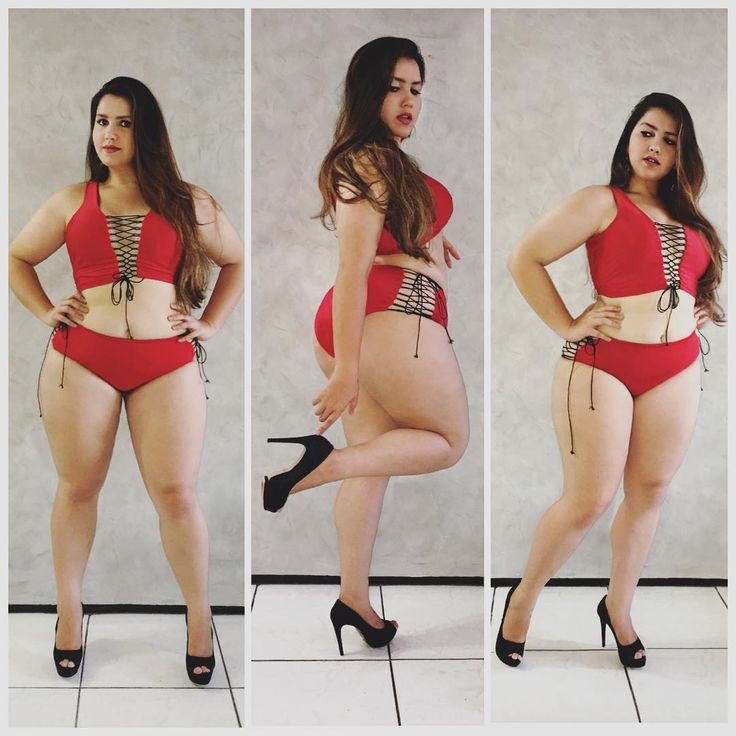 nine0036
nine0036
While maintaining the standard size of the rim, we increase the width of the tire profile while maintaining the percentage of height to width. In our example, we get 195/65 R15. It is important to know here that all cars are designed for the installation of snow chains with a size of at least 12 mm. Indeed, in some European countries, driving on mountain roads without chains is prohibited, and not a single self-respecting manufacturer will make a car so that it cannot be operated in the mountains of France or Switzerland. Therefore, an increase in the width of the tire profile is permissible in most cases by up to 24 mm. At the same time, the car will become a little softer on the go, and wider tires will improve braking performance. nine0036
Related materials
Wheel care: checking wheel and tire products
We leave the rim unchanged, and increase the percentage of tire profile height to width to 70. In our example, we get 185/70 R15. The outer diameter of the wheel increases by 20 mm, which is quite acceptable (remember the reserve for installing chains). Everything would be fine, but in our specific example, the factor intervenes that tires of this dimension are produced mainly for commercial vehicles and they are too rigid and expensive to install on a passenger car. However, in other dimensions, the situation may be different. nine0036
In our example, we get 185/70 R15. The outer diameter of the wheel increases by 20 mm, which is quite acceptable (remember the reserve for installing chains). Everything would be fine, but in our specific example, the factor intervenes that tires of this dimension are produced mainly for commercial vehicles and they are too rigid and expensive to install on a passenger car. However, in other dimensions, the situation may be different. nine0036
The story of a friend's car is quite revealing. He bought a Kia Rio with a 1.6 engine and a 6-speed automatic. The regular wheels of the car had a size of 185/65 R15. The owner drove through the summer season and was not happy with the rigid suspension of the car and insufficient ground clearance. Then he decided to change the behavior of the car, not by tuning the springs with shock absorbers, but by working with the wheels. In preparation for the next summer season, he used forged wheels with a diameter of 14 inches, which completely matched the mounting dimensions.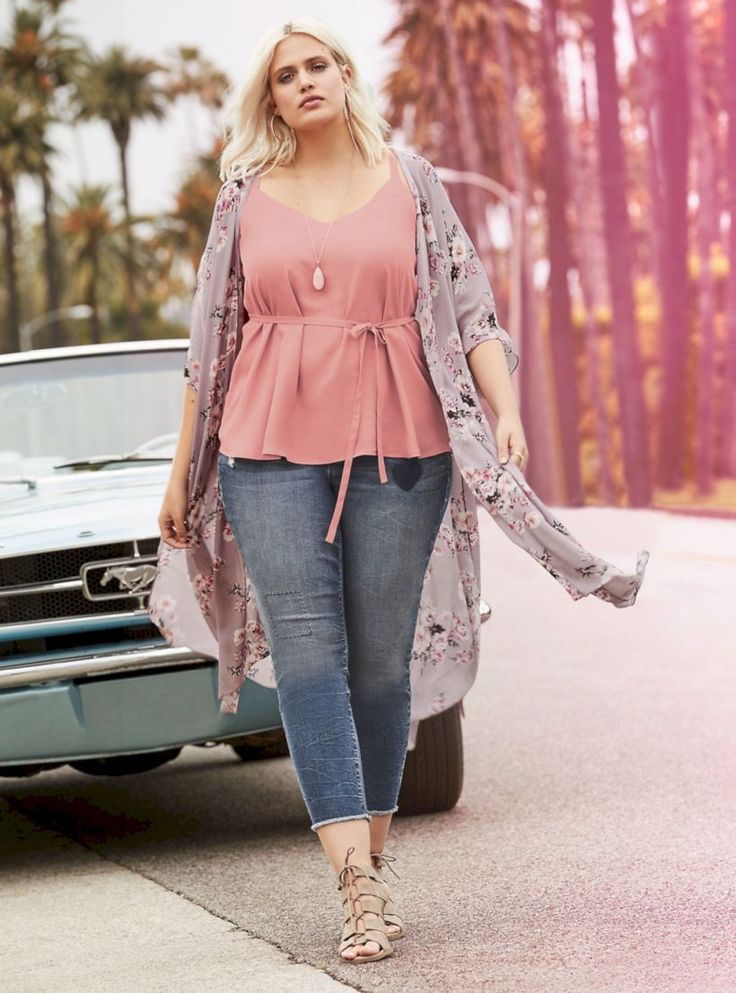 nine0008
nine0008
The previous generation Kia Rio was equipped with 15-inch wheels in the base, but to make the car softer, the owner installed 14-inch wheels with 195/70 R14 tires.
Kia Rio of the previous generation was equipped with 15-inch wheels in the base, but to make the car softer, the owner installed 14-inch wheels with 195/70 R14 tires.
Related materials
Tire test "Behind the wheel" - we measure the braking distance in heat and cold nine0003
There is noticeably more air between the rim and tire. The outer diameter of the wheel has also grown (by 9 mm). As a result, the smoothness of the ride has become fantastic. When overcoming road roughness, the car, which was not originally famous for its energy-intensive suspension, began to resemble cars of the log-shaped family, which are super-comfortable on Russian roads. Soft, quiet, smooth. All the problems of the dead Russian roads and the rigid Korean suspension have disappeared. He does not plan to drive, so he does not care about the possible deterioration in road holding at very high speeds. nine0003
Soft, quiet, smooth. All the problems of the dead Russian roads and the rigid Korean suspension have disappeared. He does not plan to drive, so he does not care about the possible deterioration in road holding at very high speeds. nine0003
However, disc diameter reduction is very rare. Much more often it happens that the owner chooses discs one or even two sizes larger. And "wraps" them in low-profile tires. At the same time, the overall dimensions of the wheel remain almost unchanged or grow within acceptable limits.
A typical low profile tire.
A typical example of a low profile tyre.
Related materials
Tire pressure: your norm nine0003
Looks spectacular, but first of all, smoothness suffers. Yes, and there are much more chances to damage a wheel on a bad road, because the lower the height of the tire profile, the less the ability of such a tire to withstand shock loads.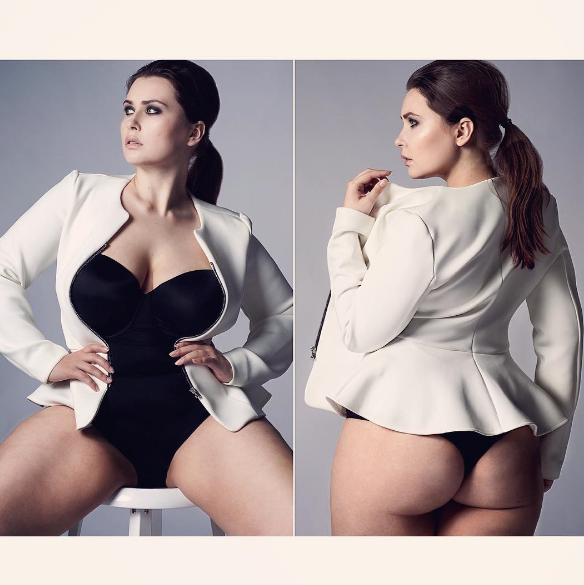 In everything you need to know the measure. Returning to our example, Rio and Solaris cars in expensive trim levels sport 16-inch wheels with 195/55 R16 tires. In this case, you can play a little with the sizes. For example, a 195/60 R16 tire will fit in the wheel well without any problems, since its outer diameter will increase by only 19mm. The clearance will grow by a decent 9.5 mm, but you can forget about the softness of the ride provided by the 15-inch wheels of the basic modification.
In everything you need to know the measure. Returning to our example, Rio and Solaris cars in expensive trim levels sport 16-inch wheels with 195/55 R16 tires. In this case, you can play a little with the sizes. For example, a 195/60 R16 tire will fit in the wheel well without any problems, since its outer diameter will increase by only 19mm. The clearance will grow by a decent 9.5 mm, but you can forget about the softness of the ride provided by the 15-inch wheels of the basic modification.
Another story when the owner of the car decides to install wider disks. Some people like it when the wheel protrudes a little beyond the arch. Please note that changing the dimensions of the wheel and tire can significantly increase the mass of the wheel assembly. Such weighting will negatively affect the life of the suspension elements and even the body, since large unsprung masses can cause resonant vibrations for which the suspension is not structurally designed. It is also important to remember such a parameter as wheel offset. nine0008
It is also important to remember such a parameter as wheel offset. nine0008
Wheel offset is the distance between the plane of symmetry of the rim and the surface adjacent to the vehicle hub. From left to right in the diagram are shown: negative overhang, zero overhang and positive overhang.
Wheel offset is the distance between the plane of symmetry of the rim and the surface adjacent to the vehicle hub. From left to right in the diagram are shown: negative overhang, zero overhang and positive overhang.
Those who like to change the offset of the rims, as a rule, tend to place the wheels wider. The aesthetic component of such changes is controversial, but the resource of the suspension elements will certainly decrease. nine0003
| It is, of course, possible to pull narrow and inexpensive tires onto rims that look more like solid pipe sections with flanges, but the deformation of the tire carcass will soon render it unusable. Of course, it is possible to pull narrow and inexpensive tires onto rims that look more like solid sections of pipes with flanges, but the deformation of the tire carcass will soon render it unusable. You don't run into many of these. | Even large crossovers, which, in comparison with sedans, seem to be a sort of bumpkins, when you install low-profile tires, they begin to manage at least “good”. nine0003 Even large crossovers, which in comparison with sedans seem to be a sort of bumpkins, when you install low-profile tires, they begin to manage at least "good". | On the utility Sobol, a tuning enthusiast installed discs that significantly increased the track. Curious looks from others are guaranteed, as well as a reduced life of wheel bearings and shock absorbers. On the utilitarian Sobol, a tuning enthusiast installed discs that significantly increased the track. |
| Economy improvement. Economy improves slightly on country roads, especially on vehicles with gearboxes that have few gears (4 or 5). | Vehicle roll increase. Yes, the roll will increase slightly, due to the fact that the center of mass is now slightly higher. In practice, this means a slightly lower maximum rearrangement speed. | |
| Change the speedometer and odometer. Standard instruments always overestimate the readings. You can check by GPS. And with new, slightly larger wheels, the readings will come in line with reality. | Derating. The new wheels are a little harder for the engine to turn, and they themselves are a little heavier. | |
| Reducing the offset of the discs (when the wheels protrude more out of the wheel arches) provides a wider track, which improves the lateral stability of the machine . | The wide disc is easily damaged by when touching a curbstone. In addition, if the width of the disk is much larger than the standard one, the tire carcass does not work correctly. This leads to increased tire wear . | |
| In most cases, looks more aesthetic and catchy. | Protruding wheels overload wheel bearings and make driving difficult . As soon as the front wheel hits an uneven road, the steering wheel literally pulls out of your hands. |
It is convenient to use a tire calculator for calculations. nine0036
Custom wheels are prohibited by law. Therefore, any experiments with the dimensions of tires or wheels are illegal. An exception is if the new dimension is allowed to be set by the manufacturer. However, in reality, not everything is so scary: if the rims on your small car are not boiled down to a width of 12 inches, if the diameter is not 19 or more inches, then such wheels will not arouse the interest of traffic police officers. But there will already be problems with obtaining a diagnostic card. nine0008
Boiled discs may be of interest to traffic police officers, because the use of such discs is a direct intervention in the design of the car, which is prohibited. In this case, you can try to convince the traffic cop that you "get to the place of repair with the necessary security measures. "
"
Boiled discs may be of interest to traffic police officers, because the use of such discs is a direct intervention in the design of the car, which is prohibited. In this case, you can try to convince the traffic cop that you "get to the place of repair with the necessary security measures." nine0013
In conclusion, I invite you to share what changes in tire and rim sizes you have applied to your cars, and what you think it has resulted in.
What if you put bigger wheels? — examination ZR
What if we put bigger wheels? — examination ZR
Author: Alexey Kokorin
We have already talked about how to choose the right wheels and tires for your car. At the same time, many, in pursuit of their own goals, choose wheels as larger, but normal daily operation dictates its own conditions: they should be kept in factory settings. Why not install wheels larger than factory ones? nine0003
At the same time, many, in pursuit of their own goals, choose wheels as larger, but normal daily operation dictates its own conditions: they should be kept in factory settings. Why not install wheels larger than factory ones? nine0003
What does "more factory" mean?
First, let's define what the phrase "more factory" means. The fact is that for almost all cars, manufacturers offer several options for the dimensions of rims and tires: each of these options is approved by the manufacturer, as it has been tested and means not only the physical ability to install the wheels on the car, but also the optimal operating parameters. Thus, if you bought a car with 15-inch wheels, but the manufacturer offers 17-inch wheels in a different configuration, you can install these on your car yourself without fear of negative consequences. However, before installation, you should definitely check the allowable wheel sizes for your car in the owner's manual to make sure that it is technically feasible and to choose the right wheel and tire size. nine0003
nine0003
When we say “larger than factory”, we mean, first of all, wheels that are larger than the manufacturer's recommendations. It is these "experiments" that affect performance. However, even if you act within the limits of what is permitted by the manufacturer, you cannot deceive physics, and installing 17-inch wheels instead of 15-inch ones, of course, will not go unnoticed either - much of what will be listed below will be true in this case.
Let's also define a wheel as a ready-to-install assembly consisting of a tire and a rim. And "increase" in this sense is a multi-valued concept: after all, an increase in the diameter of the disk does not necessarily mean an increase in the diameter of the wheel. Let's figure it out in order. nine0003
Why is installing large disks harmful?
First of all, discs with larger diameters tend to carry more weight – and therefore the unsprung weight increases . A heavier wheel is more difficult for the engine to spin - that is, fuel consumption will become higher, and dynamics will be worse.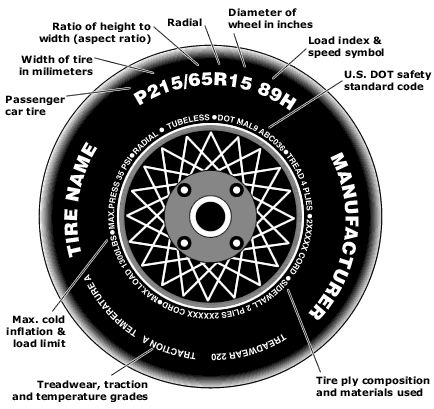 In addition, an increase in unsprung mass also affects the suspension resource - it is designed for a certain load, limited by standard wheels.
In addition, an increase in unsprung mass also affects the suspension resource - it is designed for a certain load, limited by standard wheels.
An increase in the diameter of the disc is usually accompanied by an increase in its width, as well as a change in offset (the depth of the disc in the wheel arch). This changes the parameters of the wheel bearings, increasing the load on them, and significantly reduces their life. Depending on the degree of deviation of the parameters from the standard bearings, the bearings can last 20-30% less, or they can “crumble” literally every few thousand kilometers. nine0003
Now let's move on from wheels to tires - after all, increasing the diameter of the disk changes the parameters of the tires installed.
Why is it harmful to install large tires?
The weight-for-size rule also applies to tyres: as a general rule, larger-diameter tires have more weight added to the wheel assembly and total unsprung weight.
The second drawback is related to the fact that in the vast majority of cases, the increase in the diameter of the disk occurs due to the reduction of the tire profile: that is, in order for new large disks to fit into the arch, they need to be put on lower profile rubber. Well, a decrease in the profile is a deterioration in the smoothness of the ride and the overall comfort of the car. In addition, a thinner tire absorbs shock loads worse and transfers them further - to the disk and suspension. Thus, driving on low-profile tires on imperfect roads means a reduction in the life of the suspension and disks and a corresponding increase in operating costs, including for tires, the risk of damage to which increases with a decrease in profile. nine0003
Well, a decrease in the profile is a deterioration in the smoothness of the ride and the overall comfort of the car. In addition, a thinner tire absorbs shock loads worse and transfers them further - to the disk and suspension. Thus, driving on low-profile tires on imperfect roads means a reduction in the life of the suspension and disks and a corresponding increase in operating costs, including for tires, the risk of damage to which increases with a decrease in profile. nine0003
Yes, another indirect, but still, disadvantage is the financial side of the issue. More money will have to be paid not only for new wheels, but also for rubber for them, and for tire fitting, and for the potential repair of a low-profile tire.
Well, among the unpleasant consequences, one can mention a change in the accuracy of the speedometer readings: initially, speedometers are usually set to slightly overestimate the readings relative to the actual speed, and with a gradual increase in the diameter of the wheel, it will first become more accurate, and then will "lie" more and more.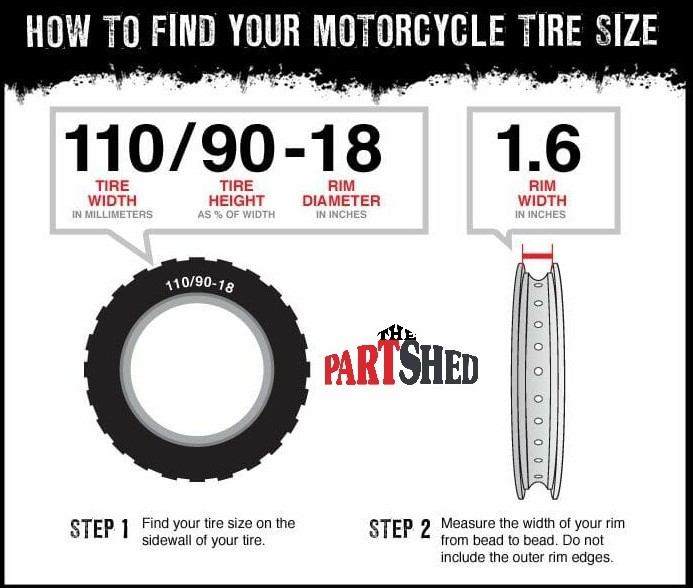 In addition, with increasing tire width, its tendency to hydroplaning .
In addition, with increasing tire width, its tendency to hydroplaning .
Are there any advantages to fitting larger wheels?
Of course, increasing the diameter of the wheel does not mean continuous disadvantages, it also has positive aspects. For example, larger wheels mean more ground clearance, as well as an increase in top speed, as a larger wheel travels more distance in one revolution. Increasing the width of the rubber means an increase in the contact patch with the road and, accordingly, grip with it - this improves the car's handling and cornering speed. nine0003
According to the letter of the law
One of the main drawbacks of non-standard large wheels is that they are simply prohibited by law. The technical regulations of the Customs Union in terms of tires and disks allowed for installation are simple and adamant: only those that “comply with the recommendations of the operational documentation of vehicle manufacturers” are allowed.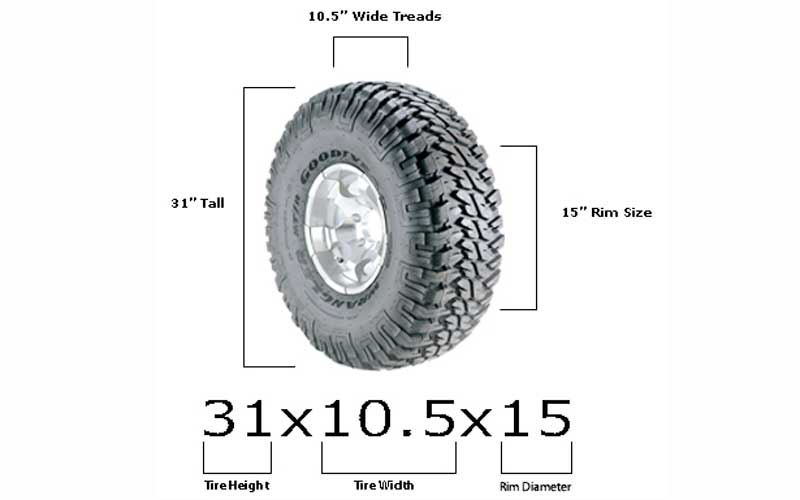
In addition, it should be remembered that the same technical regulations prohibit the so-called "welding" - disks of increased width, welded from several "stampings". Firstly, they are tritely unsafe, since they have a non-factory design, and secondly, the technical regulations do not allow "the presence of cracks on the discs and wheel rims, traces of their elimination by welding." nine0003
tires and wheels popular questions
Articles / Interesting Faster than they look: 15 best sleepers of 2023 We talked in detail about what sleepers are - these are outwardly inconspicuous cars that can actually give odds to many in traffic light races. And the recently introduced fifth po... 239four 1 1 01/03/2023
Articles / Practice Eternal youth: how to prevent the car body from aging Those who have bought a new car at least once in their lives experienced a feeling that can be described by the common phrase "if only nothing happened to the swallow.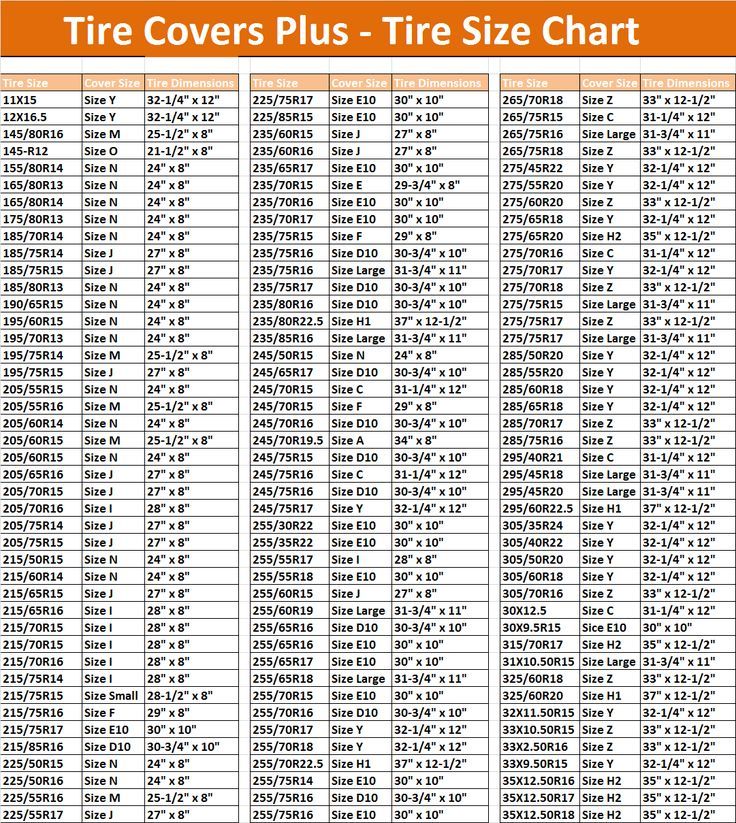 " But life is so badly arranged that with la ... 3635 1 four 27.12.2022 nine0003
" But life is so badly arranged that with la ... 3635 1 four 27.12.2022 nine0003
Articles / Popular questions Area of action of road signs: how to determine it Road signs are well known to almost all drivers. But many, years after driving school, sometimes ask themselves the question: “how long does the sign that I just passed?”. To the head... 2254 0 2 27.12.2022 nine0003
Test drives / Test drive Haval Dargo vs Mitsubishi Outlander: the dog is barking, the stranger is coming In the Haval dealership in the south of Moscow, life is in full swing: buyers look at cars, communicate with managers and sign some papers. While I was waiting for the test Dargo, the same cross... 21182 7 205 13.09.2022
While I was waiting for the test Dargo, the same cross... 21182 7 205 13.09.2022
Test drives / Test drive Motor from Mercedes, emblem from Renault, assembly from Dacia: test drive of the European Logan 1.0 It would seem that what's new can be told about the second generation Renault Logan, known to every Russian taxi driver, as they say, up and down? However, this car has... 16861 10 41 08/13/2022 nine0003
Test drives / Test drive Geely Coolray vs Haval Jolion: Free Cheese? If! Do you want to buy a car today with a full warranty, on credit at an adequate rate, without wild dealer markups? Now this is still a task, because a full-fledged chain of "representation - s.